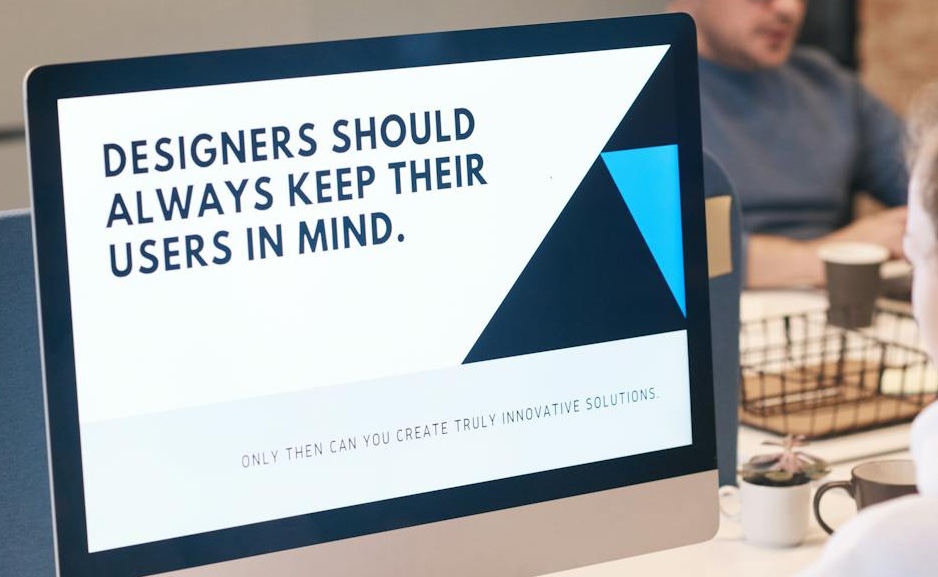In today’s digital landscape, with dwindling attention spans and an ever-growing number of competing apps, keeping users engaged is a challenge. However, habit-forming UX design offers a solution. By understanding user psychology, it creates experiences that are both useful and engaging, fostering loyalty and driving product success.

The Psychology of Habit-Forming UX Design
Habit-forming UX design goes beyond simply creating a functional and aesthetically pleasing user experience. It delves into the realm of psychology, understanding how users form habits and leveraging that knowledge to create experiences that are not only useful but also deeply engaging. This, in turn, fosters user loyalty and drives long-term product success.
One of the most powerful frameworks for achieving habit-forming UX design is the Hook Model, pioneered by behavioral design expert Nir Eyal in his influential book, Hooked: How to Build Habit-Forming Products. The Hook Model outlines a cyclical process with four distinct stages, each crucial for building user habits:

Stage 1
The Trigger – The Spark of Desire
The trigger, the initial spark that ignites user action within your product, can manifest in two distinct forms: external and internal. External triggers, acting as external motivators, can take the shape of push notifications, social media updates, or even SMS reminders. These external forces nudge users towards engagement. Internal triggers, on the other hand, well up from within the user themself. These intrinsic motivators stem from the user’s inherent needs and desires. For instance, a social media app might capitalize on the internal trigger of the user’s deep-seated desire for social connection by sending a notification about a friend’s recent activity. This notification, tapping into a core human need, serves as a powerful internal trigger, enticing the user to engage with the platform.
The key to effective triggering, therefore, lies in cultivating a deep understanding of your target audience and the specific pain points that plague them. What are the situations or emotions that would naturally compel them to seek out a solution, a product that perfectly alleviates their frustrations? By strategically placing triggers throughout the user journey that resonate with these core needs, you can significantly increase the likelihood of users not only noticing your product but also actively engaging with it. This initial engagement, then, becomes the springboard for building long-term user habits.
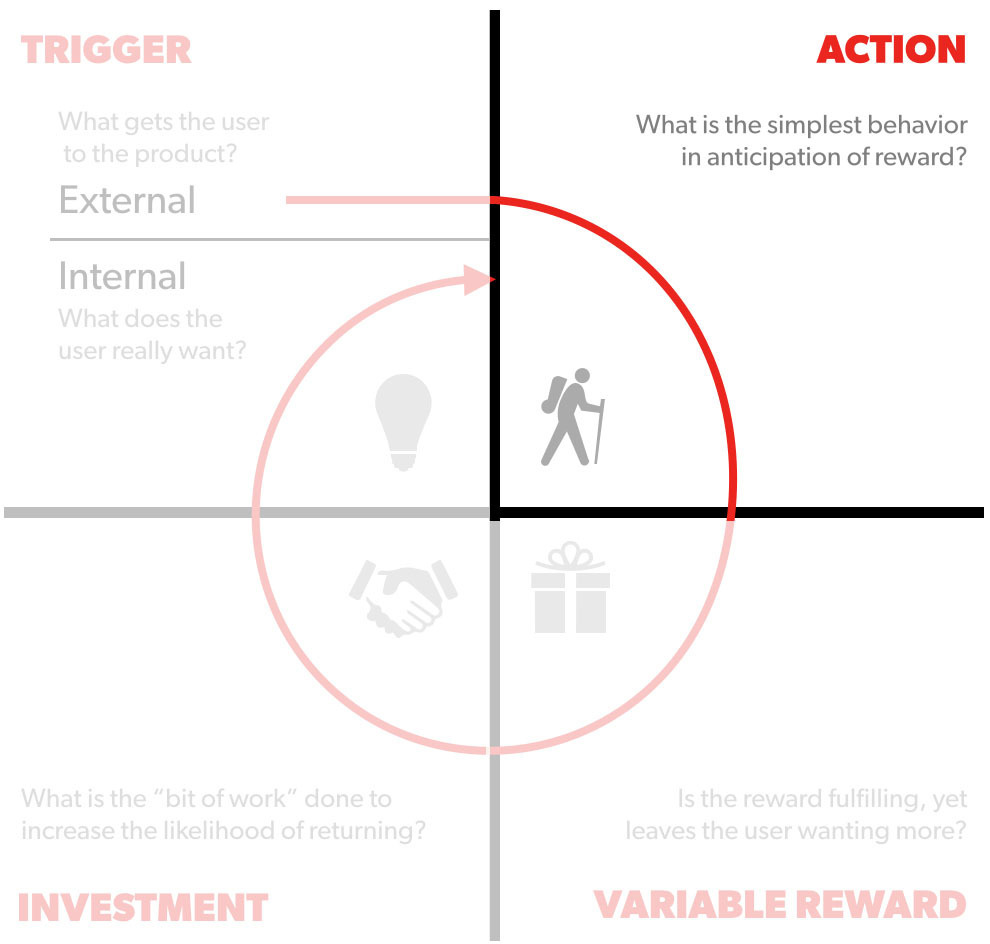
Stage 2
The Action – Frictionless and Fulfilling
Once a trigger has sparked user interest, the critical next stage is to ensure a smooth and effortless action. After all, this action represents the core value proposition of your product, the very reason users flock to your platform in the first place. Therefore, it’s crucial to make this action as frictionless as possible. This translates to having a clear and intuitive user interface – think self-explanatory icons and labels – that minimizes unnecessary steps. Additionally, ensuring a fast loading time is paramount. Users these days have short attention spans, so any delay can lead to frustration and ultimately, abandonment. By prioritizing a streamlined user experience, you not only respect your users’ time but also set the stage for a positive and engaging interaction with your product.
Furthermore, the action itself shouldn’t simply be functional; it should be intrinsically rewarding as well. In other words, upon completing the desired action, users should experience a surge of satisfaction or a sense of accomplishment. This intrinsic reward can manifest in a multitude of ways, ranging from the simple satisfaction of checking off a completed task on a to-do list app to the thrill of receiving a positive response on a social media post. By strategically crafting a positive reinforcement loop around the core action, you incentivize users to repeat the behavior, ultimately solidifying the habit and fostering long-term engagement with your product.
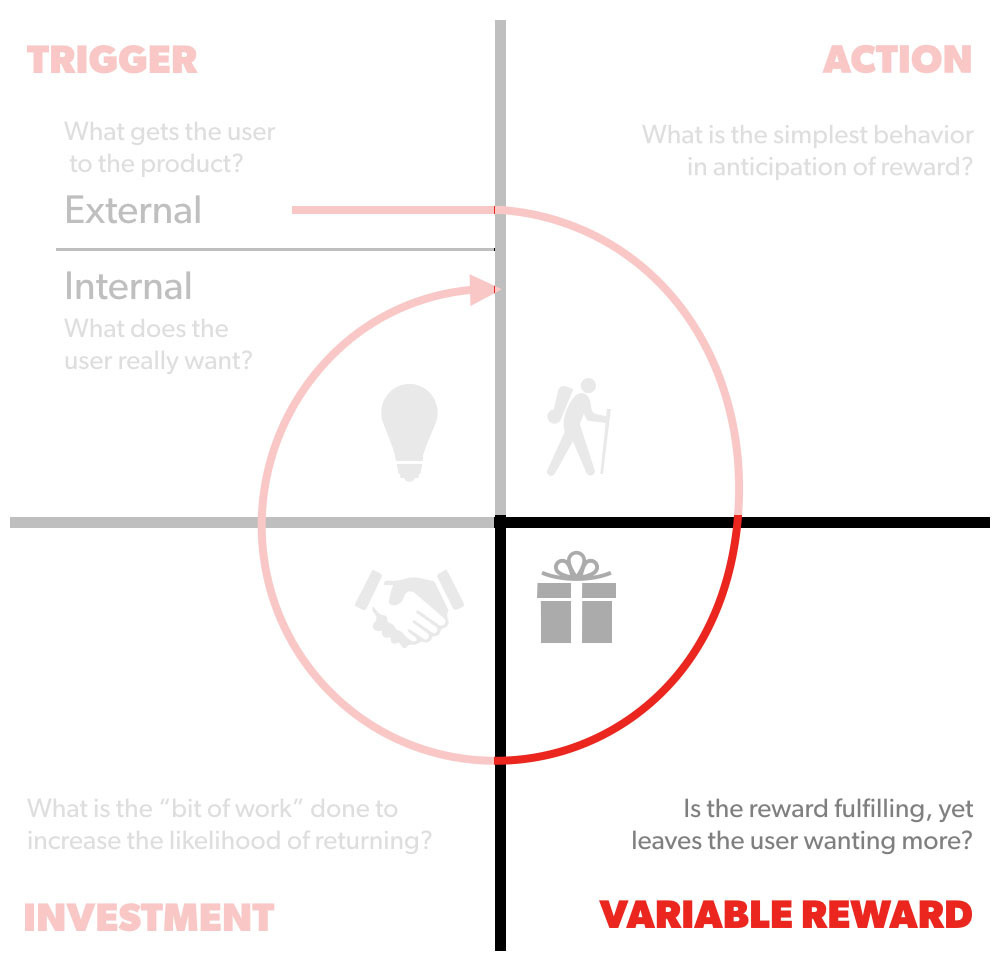
Stage 3
The Variable Reward – The Anticipation Engine
Arguably, the variable reward stands as the most captivating aspect of the Hook Model. It refers to the unpredictable reward that users receive after taking action within your product. This unpredictability contrasts sharply with fixed rewards, which, over time, can become predictable and lose their allure. Variable rewards, however, keep users persistently engaged by fostering a powerful sense of anticipation. Imagine the thrill – users are constantly drawn back for more, eager to discover what surprise or delightful reward awaits them around the corner. This very uncertainty fuels their desire to continue interacting with the product, propelling them to return time and again.
Social media platforms have truly mastered the art of the variable reward strategy. Endless streams of fresh content keep users engaged, perpetually scrolling and eager to see what new post or story might appear next. Furthermore, the thrill of likes and comments fuels a desire for social validation, prompting users to return and check their profiles in anticipation of these virtual pats on the back. Gamification elements like badges and points add another layer of intrigue, transforming mundane tasks like posting or commenting into mini-challenges with the promise of unlocking new rewards. As a result, users find themselves constantly refreshing the platform, captivated by the ever-present possibility of encountering a new surprise or delight. This cycle of anticipation and reward keeps them firmly hooked within the platform’s ecosystem.
However, it’s important to strike a balance with variable rewards. While a degree of unpredictability is essential, the core rewards should still be aligned with user expectations and provide genuine value.

Stage 4
The Investment – Building Value and Commitment
The final stage of the Hook Model focuses on user investment. This refers to the effort, time, or content that users contribute to the product. The more invested users become, the stronger the connection they feel with the product and the less likely they are to abandon it.
There are several ways to encourage user investment. E-commerce platforms might offer loyalty programs or personalized recommendations that incentivize users to create accounts and share their preferences. Social media platforms encourage investment by allowing users to curate profiles, post content, and connect with others, fostering a sense of ownership over their online presence within the platform.
By progressively increasing the level of user investment over time, you create a valuable ecosystem that users are reluctant to leave behind. This not only strengthens user loyalty but also unlocks valuable user data that can be used to further refine and personalize the user experience.
Beyond the Hook Model: Additional Considerations for Habit-Forming UX Design
While the Hook Model provides a robust framework for building habit-forming experiences, it’s just one piece of the puzzle. Here are some additional considerations to keep in mind:
- Understanding User Needs: The foundation of any successful UX design strategy lies in a deep understanding of your target audience and their needs. What are their pain points? What are their goals? By aligning your product features and functionalities with these needs, you create a user experience that resonates on a deeper level and naturally encourages repeat use.
- Building Emotional Connection: Humans are emotional creatures, and forging an emotional connection with users can significantly enhance their loyalty. This can be achieved through storytelling, gamification elements, or simply by creating a user interface that feels warm, welcoming, and positive to interact with.
- Providing Value First and Foremost: Habit formation thrives on value. While the Hook Model leverages psychological triggers and rewards to keep users engaged, the core value proposition of your product should never be overlooked. Ensure your product solves a genuine problem or fulfills a need for users. If the core value isn’t there, even the most sophisticated use of the Hook Model will eventually fail to retain users.
- Optimizing for Continuous Improvement: The digital landscape is constantly evolving, and user behavior is no exception. It’s crucial to continuously monitor user engagement and gather feedback through analytics and user testing. By analyzing this data, you can identify areas for improvement and iterate on your UX design to ensure it remains effective in keeping users hooked over time.
Case Studies: Putting the Hook Model into Action
While grasping the theoretical underpinnings of the Hook Model is undeniably valuable, witnessing its application in real-world situations can be even more illuminating. Therefore, let’s embark on a journey of discovery and delve into a couple of compelling case studies. These studies will serve as a beacon, showcasing how various companies have strategically leveraged the Hook Model to craft user experiences that are not only engaging but also habit-forming. Through these examples, we can glean invaluable insights into the practical application of this powerful framework.

1. Fitness App: Strava
Strava, a popular fitness app for runners and cyclists, excels at utilizing the Hook Model to keep users engaged in their fitness routines.
- Trigger: Strava uses internal triggers like the desire to improve personal fitness or compete with friends. The app sends users notifications about their friends’ recent activities, subtly sparking a competitive urge to get out and exercise.
- Action: Logging a run or bike ride is the core action on Strava. The app makes this action effortless with GPS tracking and a streamlined interface.
- Variable Reward: Strava offers variable rewards in the form of leaderboards, segments where users can compete for the fastest time on a specific course, and virtual badges for completing challenges. This keeps users motivated and coming back to see if they can achieve the next milestone.
- Investment: Strava encourages user investment by allowing users to track their progress over time, analyze their performance data, and connect with a community of like-minded athletes. The more data users invest in the app, the more valuable it becomes to their fitness journey.
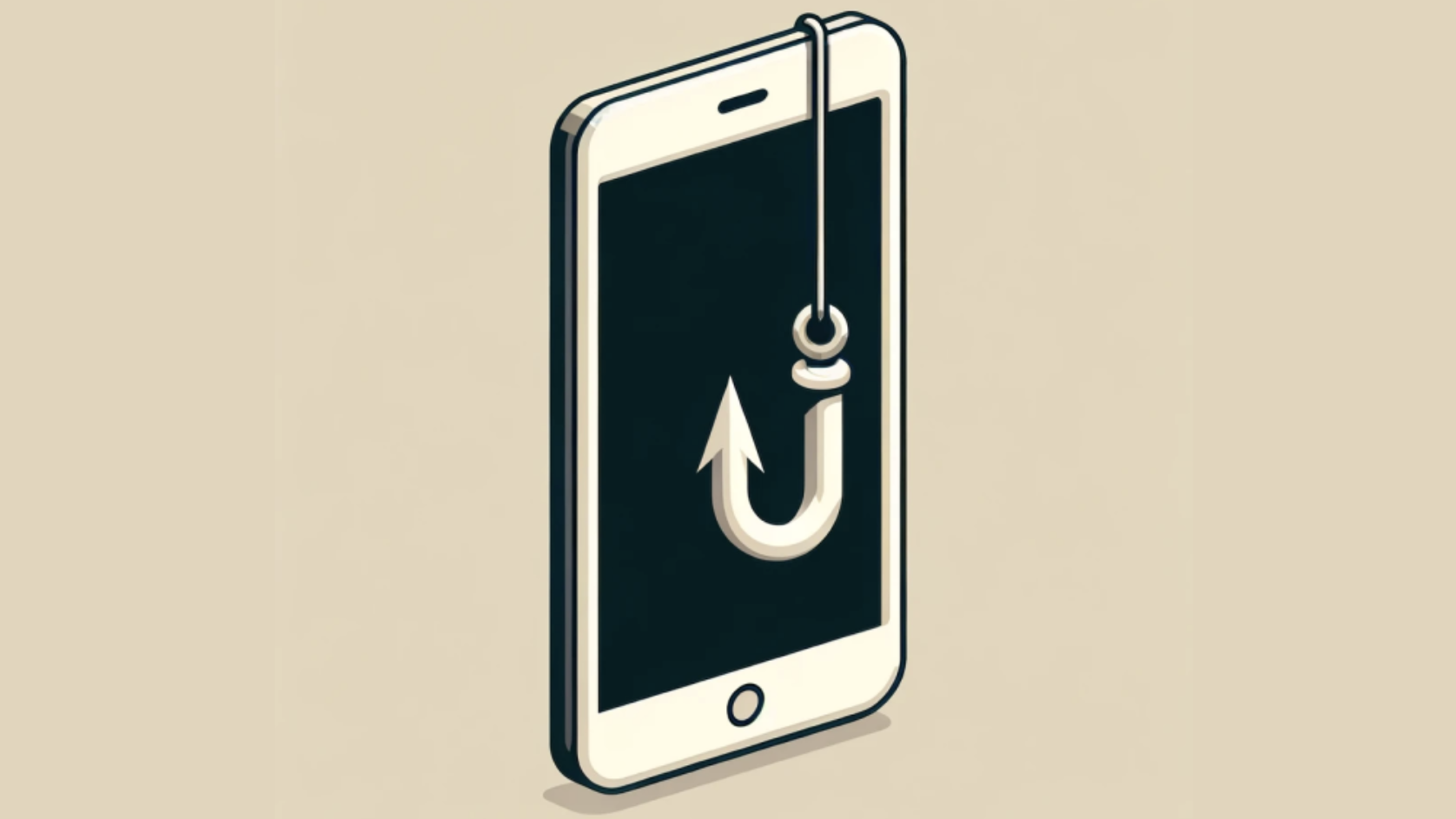
2. News App: Apple News
News apps face a constant battle for user attention, with an endless stream of information vying for their time. Apple News demonstrates how to leverage the Hook Model to keep users coming back for their daily dose of current events.
- Trigger: Apple News uses a combination of external and internal triggers. Push notifications alert users to breaking news stories, while internal triggers like the desire to stay informed motivate users to open the app.
- Action: Accessing and reading news articles is the core action on Apple News. The app offers a clean, clutter-free interface and fast loading times to make this action as seamless as possible.
- Variable Reward: Apple News uses a personalized feed to curate a selection of news based on user preferences and past reading habits. This element of surprise and discovery keeps users engaged and eager to see what personalized stories they might encounter next.
- Investment: Apple News allows users to follow specific news sources and topics, save articles for offline reading, and share them with friends on social media. This creates a sense of personalization and fosters user investment in their curated news experience within the app.
These are just two examples of how the Hook Model can be applied in a variety of contexts. By understanding the core principles of triggers, actions, variable rewards, and investment, you can tailor your UX design to cultivate positive user habits within your own digital product.
Ethical Considerations: Balancing Growth with Well-being
While the Hook Model is a powerful tool for engagement, it’s crucial to wield it responsibly. Here are some important ethical considerations to keep in mind as you design your UX strategy:
Prioritizing User Needs Over Manipulation: The Hook Model should be used to enhance the user experience and solve user problems, not simply to manipulate user behavior for the sake of engagement.
Transparency and User Control: Users should be aware of the techniques employed to keep them engaged. Consider offering users options to adjust notification preferences or take breaks from the platform.
Avoiding Addictive Design: The line between habit formation and addictive behavior can be blurry. Strive to create a positive and healthy relationship with your users, not one that fosters dependence on your product.
By approaching habit-forming UX design with an ethical lens, you can ensure your product not only thrives but also contributes to the well-being of your users.
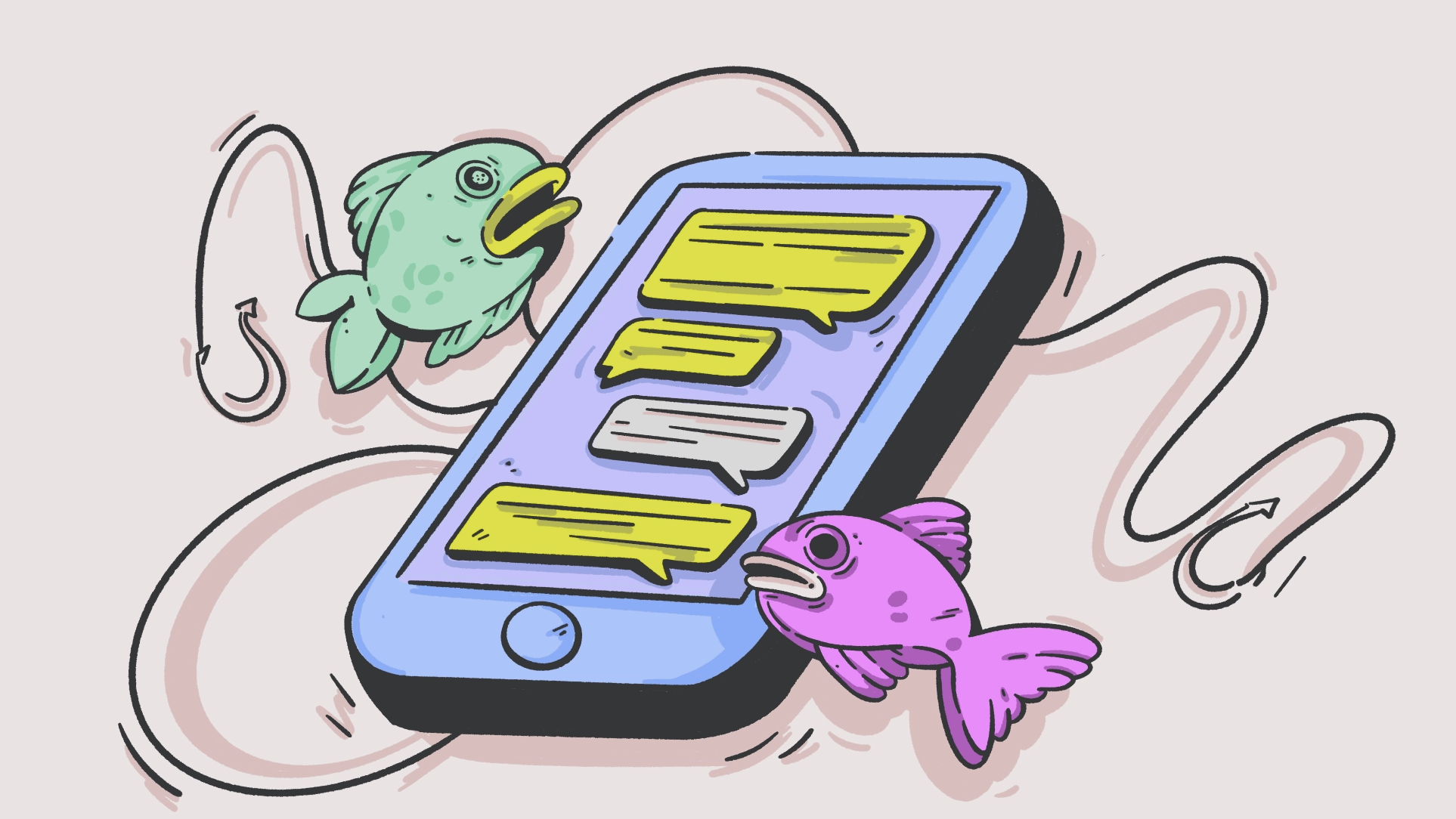
Conclusion: A User-Centered Journey to Success
In the ever-evolving landscape of digital products, user retention is paramount. Therefore, leveraging the principles of habit-forming UX design and the Hook Model is a powerful strategy. By doing this, you can create experiences that not only capture user attention but also foster long-term engagement and loyalty. However, it’s important to remember that it’s not just about creating habits – it’s about creating positive habits that add value to your users’ lives. Consequently, by prioritizing user needs and fostering emotional connections, you can ensure your product becomes an indispensable part of your users’ digital experience. Furthermore, implementing the Hook Model with an ethical framework is crucial. Ultimately, the goal is to create a user-centered journey that benefits both your product and your users, leading to a successful and sustainable digital ecosystem.
Related Posts:
User Feedback: The Golden Key to Unlocking Digital Success
Integrating Psychology for Superior User Experience
Unveiling the Magic: UI vs. UX Design
